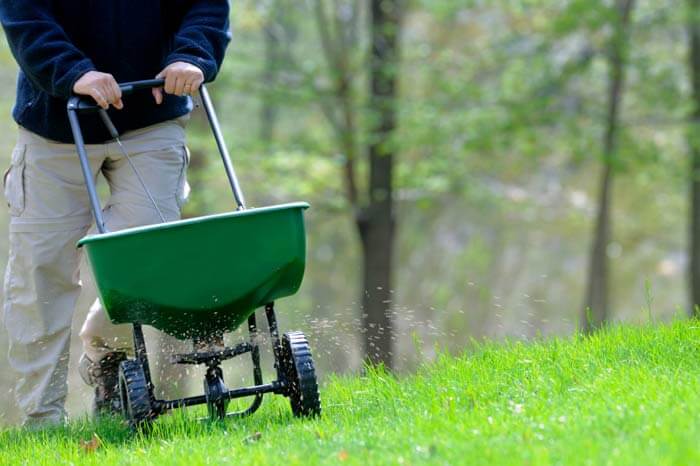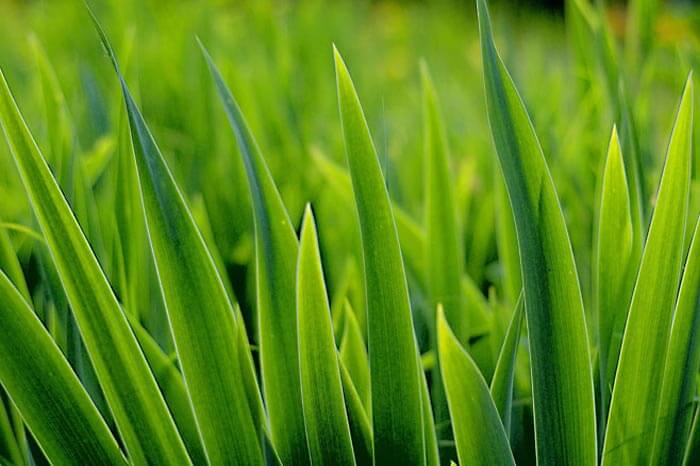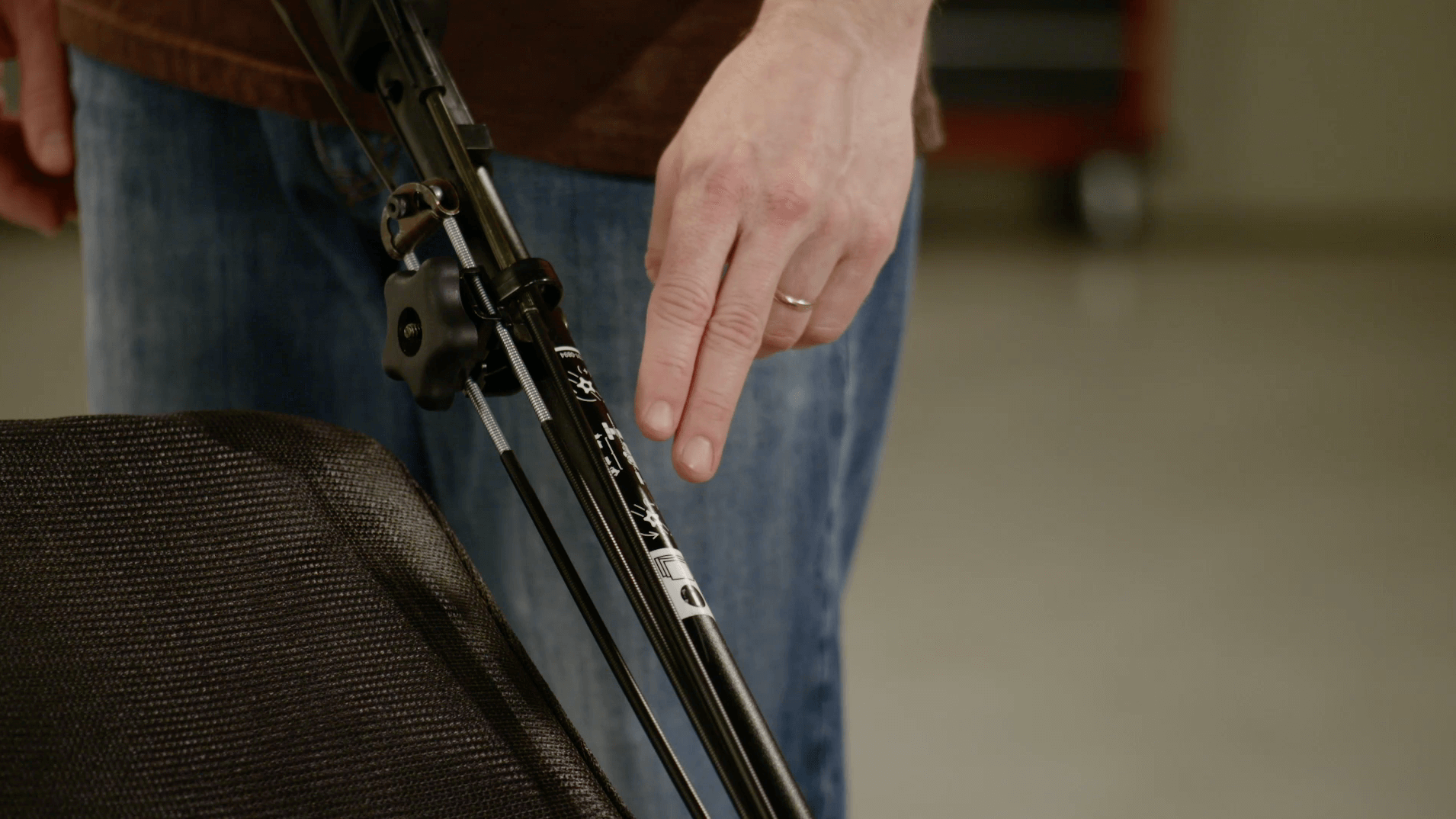EXPERT YARD CARE TIPS
Whether you’re a seasoned professional or new to yard care, we have all the resources you need to keep your lawn looking like the lush paradise of your dreams.
LAWN CARE 101Equipment
How to get your outdoor power equipment ready for spring.
A perfect yard demands the right gear. Learn which tools are best suited for every stage of your lawn care journey. Plus, expert advice for keeping that equipment running for years to come.
READ ARTICLE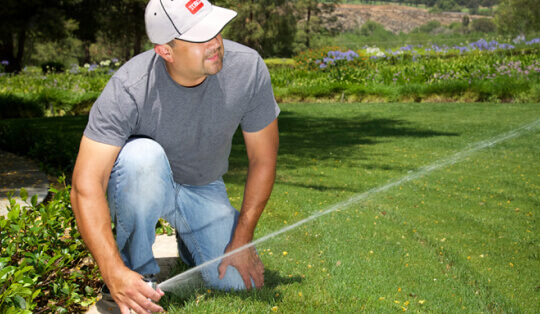
LAWN CARE 101
Just getting started on growing and maintaining your lawn? We’ve compiled our best tips to help you begin your project.
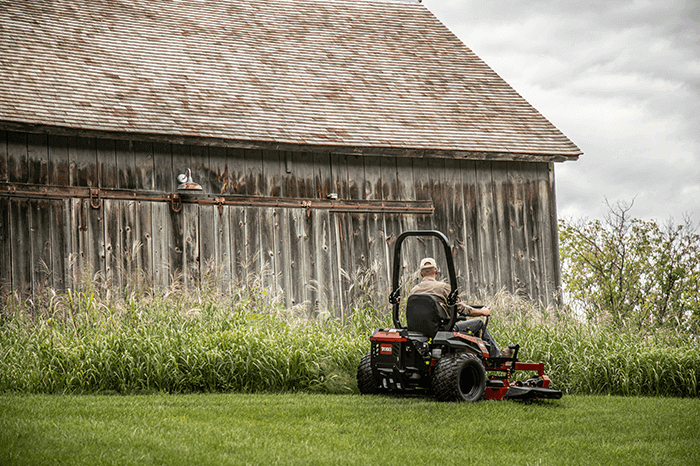
10 Tips to Turn an Overgrown Field into Usable Space
There it is, a big, messy, overgrown…
Read ArticleGET EXPERT LAWN CARE ADVICE RIGHT IN YOUR INBOX.
Signup to receive emails providing yard care advice articles to help you with seasonal lawn and yard maintenance and how to choose the right tools for the job.
SIGN UP NOW
